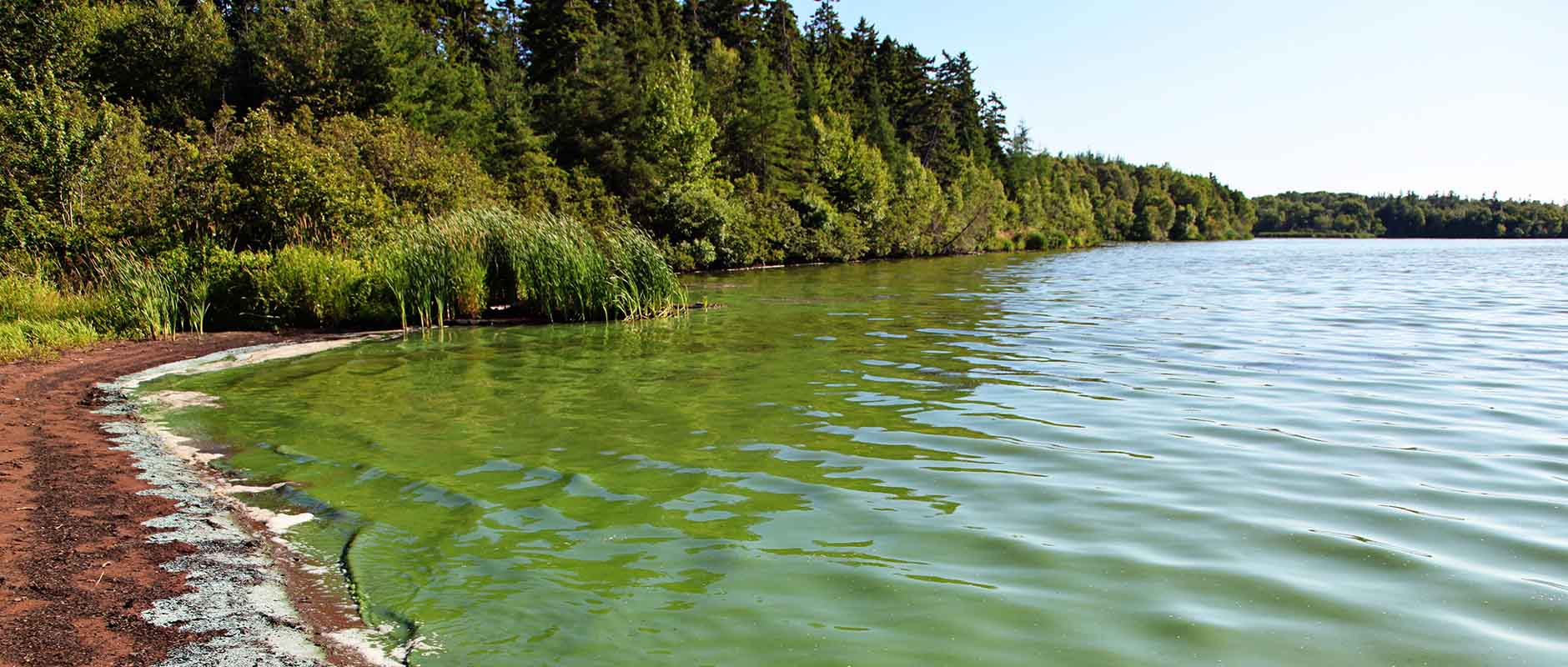Microcystin is a type of cyanotoxin that is produced by certain species of blue-green algae, also known as cyanobacteria. These toxic substances are of great concern due to their ability to harm humans, animals, and the environment when present in high concentrations. The presence of microcystin in bodies of fresh water, such as lakes, rivers, and ponds, can lead to the contamination of drinking water sources and pose a risk to human health.
The Health Risks of Microcystin
Ingesting microcystin through contaminated drinking water or by direct contact with contaminated water can lead to a range of adverse health effects. Some of the most common symptoms of microcystin exposure include:
- Liver damage and failure: Long-term exposure to high levels of microcystin can lead to liver damage, liver failure, and even death.
- Nausea and vomiting: Ingesting high levels of microcystin can cause nausea and vomiting, which can lead to dehydration and further health complications.
- Diarrhea and abdominal pain: Microcystin exposure can cause diarrhea and abdominal pain, which can be particularly severe in children and the elderly.
- Skin irritation: Direct skin contact with contaminated water can cause skin irritation and rashes.
- Eye irritation: Eye exposure to contaminated water can cause redness, itching, and burning.
It is important to note that the severity of health effects depends on the amount of microcystin ingested and the length of exposure. In severe cases, exposure to high levels of microcystin can be fatal.
The Causes of Microcystin Contamination
The overgrowth of blue-green algae in bodies of fresh water is the main cause of microcystin contamination. This overgrowth is typically the result of high nutrient levels, such as nitrogen and phosphorus, in the water. These nutrients can enter bodies of water through a variety of means, including:
- Agricultural runoff: The use of fertilizers and other agricultural chemicals can lead to the runoff of nitrogen and phosphorus into bodies of water, promoting the growth of blue-green algae.
- Sewage discharge: Improperly treated sewage can release high levels of nitrogen and phosphorus into bodies of water, leading to the overgrowth of blue-green algae.
- Urbanization and development: The construction of buildings, roads, and other infrastructure can lead to the release of nutrients into bodies of water, promoting the growth of blue-green algae.
- Climate change: Climate change can affect water temperature, light, and other environmental factors, leading to changes in the growth and distribution of blue-green algae in bodies of water.
Preventing Contamination
To prevent the overgrowth of blue-green algae and the subsequent contamination of water sources with microcystin, it is important to reduce nutrient levels in bodies of water. This can be achieved through a range of measures, including:
- Implementing best management practices in agriculture: This can include using fertilizers and other chemicals more efficiently, reducing runoff, and improving the management of livestock waste.
- Improving wastewater treatment processes: Improving wastewater treatment processes can reduce the amount of nitrogen and phosphorus released into bodies of water, reducing the risk of blue-green algae overgrowth.
- Restricting development near bodies of water: Restricting development near bodies of water can reduce the input of nutrients into the water, reducing the risk of blue-green algae overgrowth.
Monitoring and Testing
It is important to regularly monitor and test bodies of water for the presence of microcystin, especially those that are used for drinking water or recreational activities. This can help to identify contamination early and take action to prevent further exposure. Some of the common methods for monitoring and testing for microcystin include:
- Water sampling and analysis: Collecting water samples and analyzing them for the presence of microcystin can provide information on the level of contamination in a body of water.
- Remote sensing: Using satellite or aerial imagery can help to identify areas of blue-green algae growth and potential contamination.
- In situ monitoring: Using in situ monitoring equipment, such as sensors and buoys, can provide real-time data on water quality and microcystin levels in bodies of water.
The Importance of Addressing Contamination
Addressing microcystin contamination is important for the protection of human health, animal health, and the environment. Contaminated water sources can pose a risk to the public, particularly children and the elderly, who are more susceptible to the adverse health effects of microcystin exposure. Additionally, microcystin contamination can have negative impacts on local economies, particularly those that rely on tourism and recreation in bodies of water.
Conclusion
In conclusion, microcystin is a toxic substance produced by certain species of blue-green algae that can pose a risk to human health, animal health, and the environment when present in high concentrations. Addressing microcystin contamination through monitoring and testing, reducing nutrient levels in bodies of water, and improving wastewater treatment processes can help to prevent the overgrowth of blue-green algae and the subsequent contamination of water sources. The protection of human health and the environment is critical, and addressing microcystin contamination is an important step in achieving this goal.
